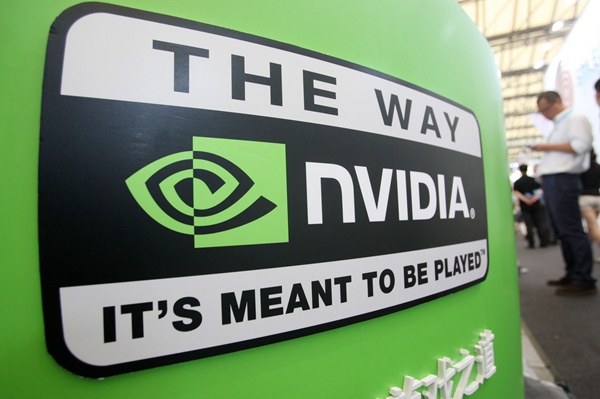Nvidia has released a new AI blueprint aimed at simplifying the construction process of smart agents, allowing developers to analyze video and image data more easily. This breakthrough technology allows users from all walks of life to efficiently search and summarize massive visual information, significantly improving work efficiency. It integrates Nvidia's computer vision and generative AI technology and provides a customizable workflow that allows users with no extensive programming experience to easily create and deploy AI agents through natural language prompts.
Nvidia recently announced its latest AI blueprint, designed to help developers in various industries easily build smart agents and analyze video and image content. Through this technology, users in any industry can efficiently search and summarize large amounts of visual data.

Globally renowned companies such as Accenture, Dell and Lenovo have begun to use the Nvidia AI blueprint to develop visual AI agents, aiming to increase productivity, optimize processes and create a safer environment. Enterprise and public sector organizations are working to develop smart agents to enhance their ability to rely on visual information, which comes from a growing number of devices such as cameras, IoT sensors and vehicles.
Nvidia's AI Blueprint provides a complete set of optimized software for video search and summary, which developers can use to build and deploy generative AI agents that understand a large number of live video streams or data archives. These agents are able not only answer user questions, but also generate summary and alert specific scenarios.
Nvidia AI Blueprint, as part of Nvidia Metropolis, provides a customizable workflow that combines Nvidia's computer vision and generative AI technology. Developers can customize these visual AI agents with natural language prompts instead of complex code, reducing the barrier to deploying virtual assistants in various industries and smart city applications.
The visual AI agent in the Nvidia AI blueprint is driven by Visual Language Models (VLMs), a generative AI model combining computer vision and language understanding that can explain the physical world and perform inference tasks. Developers can leverage Nvidia NIM microservices to flexibly configure and tune other VLMs, LLMs, and graph databases to suit specific environments and use cases.
The adoption of Nvidia AI blueprint can help developers save months of working time and avoid the tedious process of investigating and optimizing the generation of AI models in smart city applications. Whether at edge computing, on-premises or in the cloud, solutions deployed on Nvidia GPUs can significantly speed up video archive screening and critical moment identification.
In a warehouse environment, an AI agent built on this workflow can alert if a security protocol is violated; at busy traffic intersections, the AI agent can identify traffic accidents and generate reports to assist in emergency response. In addition, visual AI agents can also be used to summarize video content for people with visual impairments, automatically generate reviews of sports events, and help label large-scale visual datasets to train other AI models.
The launch of Nvidia AI Blueprint provides developers with a free experience and download platform, and can be produced through Nvidia AI Enterprise in accelerated data centers and cloud environments, thereby simplifying data science processes and generating AI development.
Key points:
Nvidia's AI Blueprint helps developers easily build smart agents and analyze video and image content.
Global companies such as Accenture, Dell, etc. are already applying this technology to improve productivity and security.
Developers can use natural language prompts to customize AI agents to lower the technical threshold.
In short, the launch of Nvidia AI Blueprint provides developers with an efficient and convenient tool, significantly lowering the threshold for AI application development, and bringing smarter and more efficient solutions to all industries, accelerating AI technology. Applications in the real world.